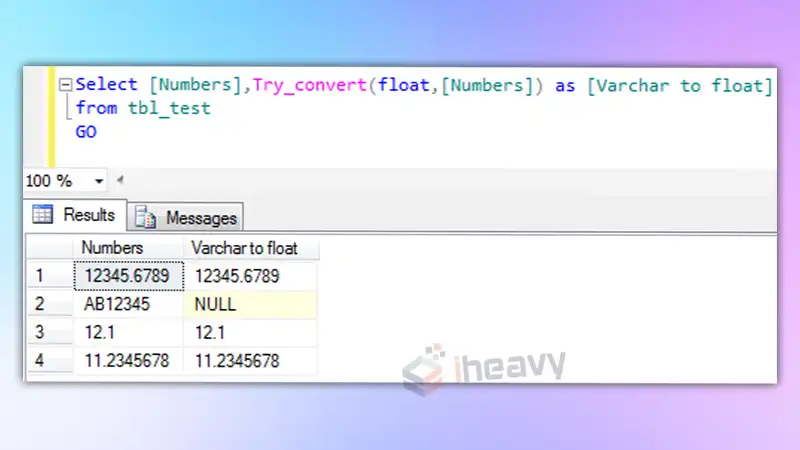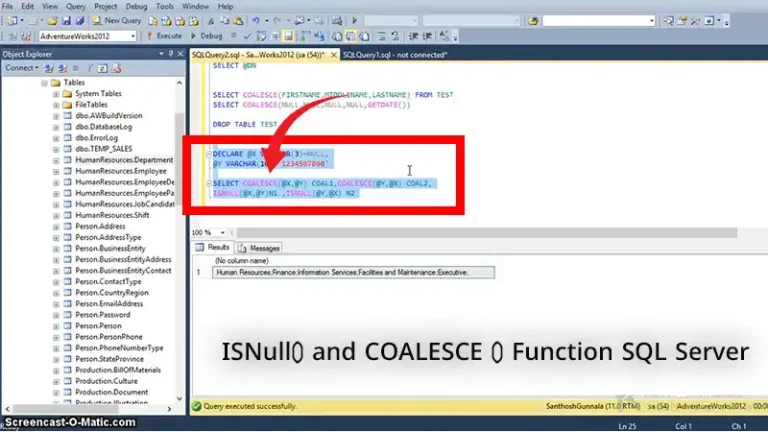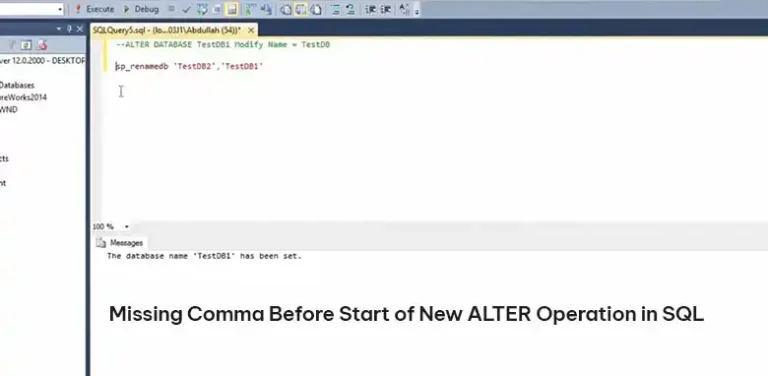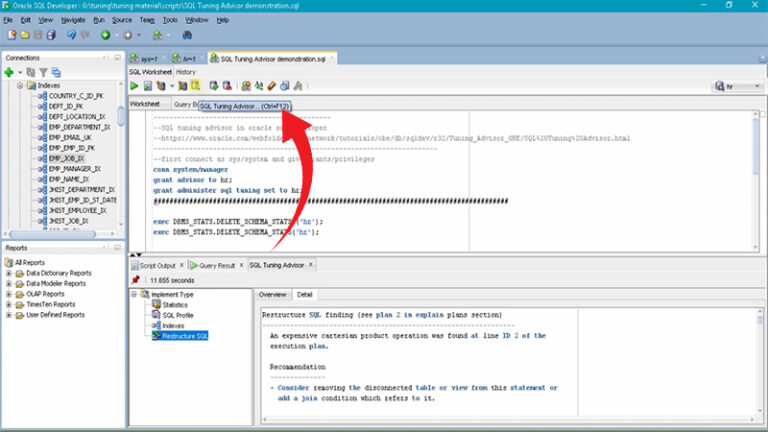Guide To Convert From Float To INT In SQL
In SQL, converting float values to integers can be done in several ways. Two common methods are using the CAST() and CONVERT() functions, which provide precision control.
Additionally, you can employ functions like ROUND(), FLOOR(), CEILING(), and TRUNCATE() to achieve different rounding effects. Another option is to combine CAST() or CONVERT() with FLOOR() or CEILING(), or simply use INTEGER division.
Each method has its own characteristics, so choose the one that fits your specific rounding needs. For more, carry on.
Importance of Converting from Float to Int
Precision matters, and in scenarios where decimal fractions are unnecessary, converting from float to int becomes significant. For instance, consider a financial database where representing currency without decimal points is crucial for accuracy.
Converting float values to integers not only ensures precision but also aligns with the conventions of financial data representation.
Methods for Converting from Float to Int in SQL
To execute the conversion seamlessly, SQL provides the CAST() and CONVERT() functions. Using these functions, developers can transform float values into integers while adhering to precision and rounding guidelines. Here’s a practical example using the CAST() function:ur_table;
Figure: Converting from Float to Int in SQL.
In addition to the CAST() and CONVERT() functions, there are other methods for converting from float to int in SQL. Here are a few alternatives:
1. ROUND() Function
SELECT ROUND(your_float_column) AS your_int_column
FROM your_table;This method rounds the float to the nearest integer.
2. FLOOR() or CEILING() Function:
FLOOR rounds down to the nearest integer
SELECT FLOOR(your_float_column) AS your_int_column
FROM your_table;
-- CEILING rounds up to the nearest integer
SELECT CEILING(your_float_column) AS your_int_column
FROM your_table;Depending on your rounding needs, you can use either FLOOR() or CEILING().
3. TRUNCATE() Function:
SELECT TRUNCATE(your_float_column, 0) AS your_int_column
FROM your_table;This function truncates the decimal part of the float.
4. CAST() or CONVERT() with FLOOR() or CEILING():
— Using FLOOR for rounding down
SELECT CAST(FLOOR(your_float_column) AS INT) AS your_int_column
FROM your_table;
-- Using CEILING for rounding up
SELECT CAST(CEILING(your_float_column) AS INT) AS your_int_column
FROM your_table;5. INTEGER Division
SELECT your_float_column / 1 AS your_int_column
FROM your_table;Dividing by 1 effectively removes the decimal part.
Common Challenges and Solutions
Precision loss and NULL handling are common challenges during the conversion process. Let’s consider an example where a float column contains NULL values. By using the COALESCE() function, you can effectively handle NULL values and ensure a smooth conversion process.r_table;
Figure: Handling NULL values.
Use Cases for Converting from Float to Int
Financial Data Examples
In financial databases, precision is paramount. Imagine representing currency values without decimal points. Converting float values to integers ensures accuracy and adherence to financial standards, making it easier to interpret and analyze monetary figures.
Age Representation without Decimal Points
In demographic databases, age representation is a whole-number concept. Converting float values representing ages to integers simplifies data interpretation and aligns with the natural representation of age. For instance, it’s more intuitive to express someone’s age as 30 rather than 30.5.
FAQs
Does the conversion from float to int impact data precision?
Discussing scenarios where precision loss may occur and strategies to mitigate it.
Can I convert NULL values in float columns to integers?
Providing SQL syntax and scenarios for handling NULL values during conversion.
How does the conversion affect database query performance?
Illustrating query execution times before and after the float to int conversion.
Conclusion
In the dynamic world of databases, the conversion from float to int is a strategic move toward precision and efficiency. By evaluating data types, considering best practices, and understanding the nuances of conversion, developers can enhance their database’s performance and responsiveness.






